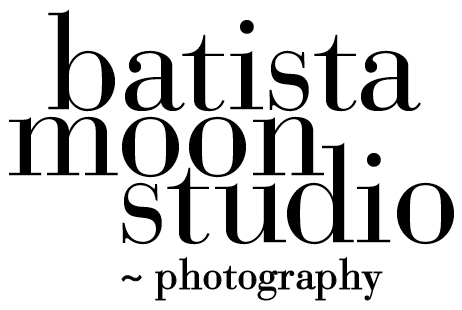The second most asked question I get from students and fellow photographs is how do I overcome inertia? “I just can’t seem to get going.” My mentor and friend Al Weber wrote a sweet little book ADVICE FOR PHOTOGRAPHERS: THE NEXT STEP and I reached inside for a few gems from my departed friend.
page 22 GET THE BALL ROLLING: Overcome Inertia
“There is no equal to self learning, once inertia is overcome. Inertia is a fascinating condition, maybe best described in Physics books, but my trusty 1941 Webster, has a full page dealing with inertia and related words. I like idleness. That’s simple enough. From inertia we need to consider the word inert. I like destitute of power of moving, but consider passive, lazy, supine, slothful, stupid, lethargic, apathetic and dead.
Inert, as in inertia therefore, must be overcome. It may be easier to overcome inertia at 6 AM when one has a 9 to 5 job. The incentive to move may be easier when one is told to move, by a boss. To the artist inertia has a whole different meaning. It has to be dealt with from within by the individual.
Overcoming inertia is like going to the dentist. You know you should, but you don’t really want to. The good news is that once one begins to overcome inertia, the initial push takes the most energy. As inertia gives way to movement, it takes less and less energy.
At one time or another we have all had to push a stalled car. At first the damned thing just doesn’t want to move. It’s stuck, it’s heavy, it is in fact inertia. So we push harder and finally it budges. Then it begins to move along, and finally we have it rolling, at which point it takes much less energy to keep it moving and then it took to get it started.
The exact same situation exists, mentally, in the self learning process. Overcoming inertia is not limited to attacking idleness. It takes work also to change a direction. Sometime we get complacent or comfortable in some mode, and although we know it is time for change, we resist putting out the energy to do it (accepting digital photography might be an example). I don't know.
I do now it is a constant presence for many of us, and has to be dealt with each and every day. Let it slide, be complacent for a day, you lose. “ Al Weber
My thoughts: I often see in students the passion for learning photography and post production products such as Lightroom and Photoshop. The passion often turns to inertia once the student realizes that overcoming inertia is the only path to learning on a regular if not daily basis.
Lesson: Overcome inertia.








